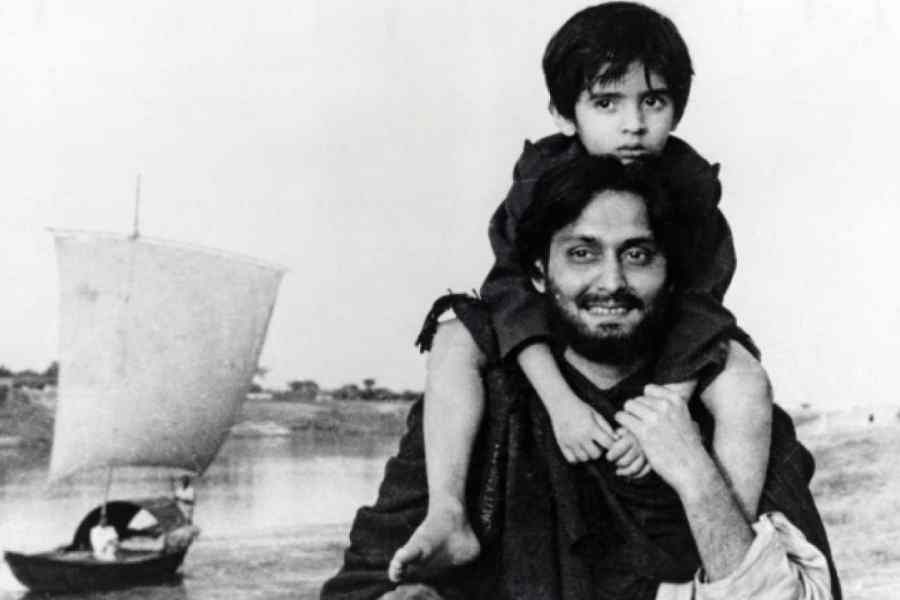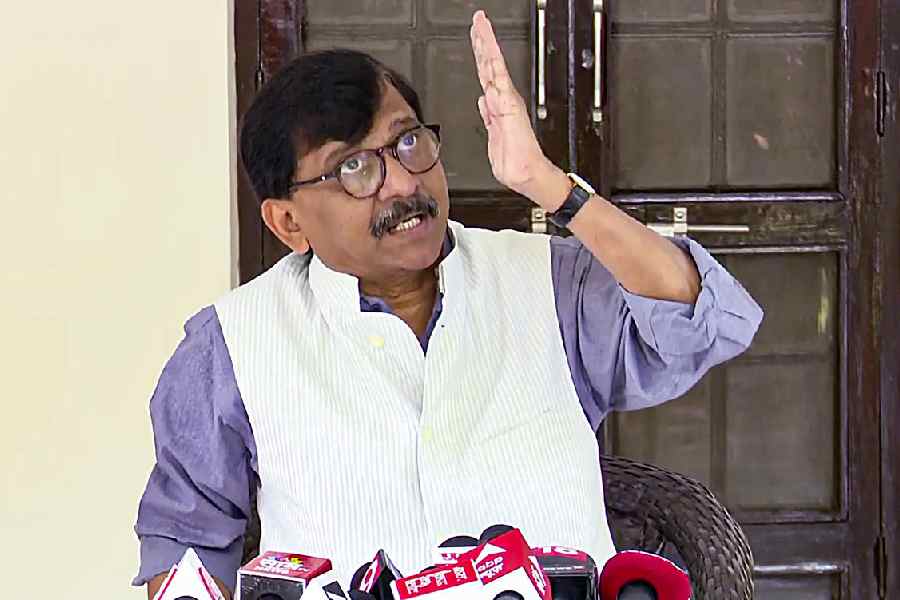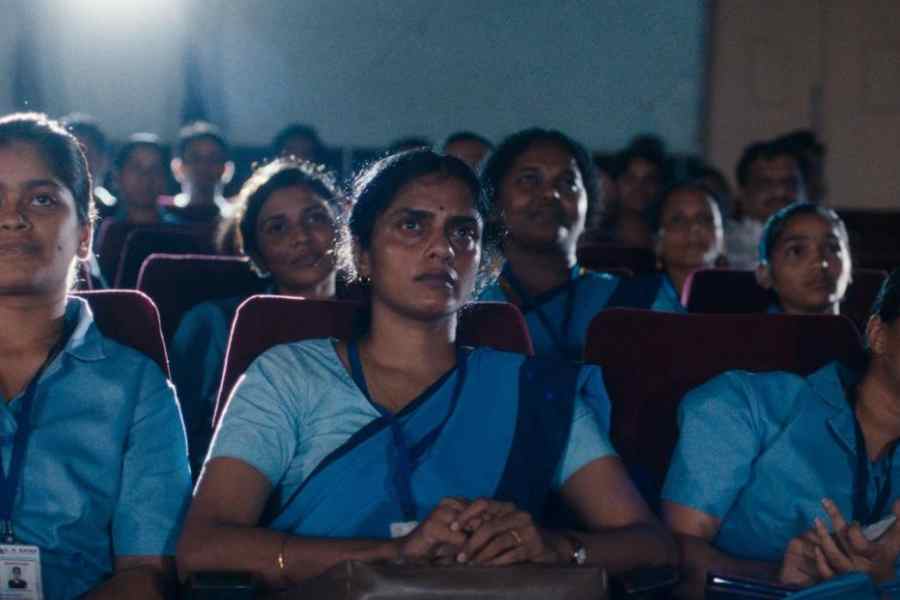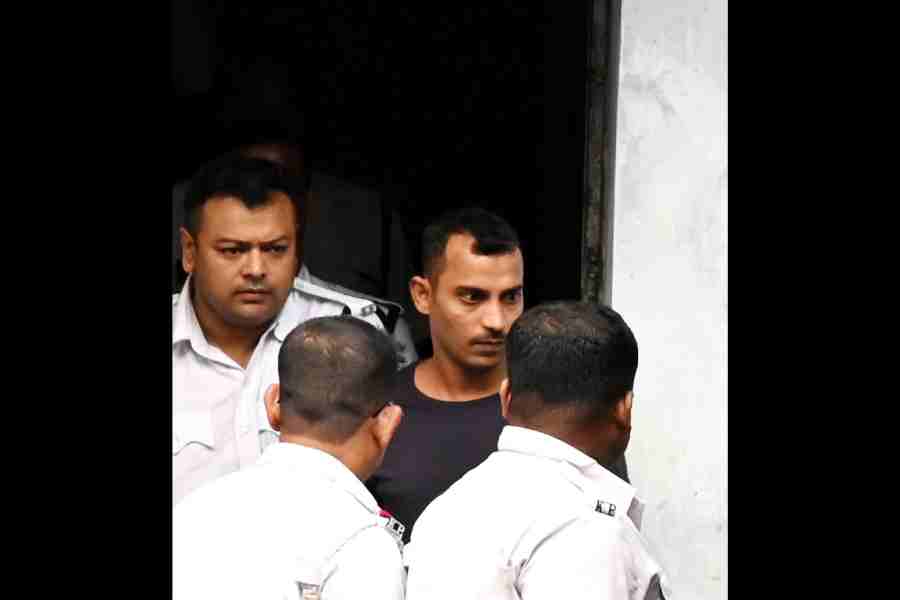FAILED MASCULINITIES: THE MEN IN SATYAJIT RAY’S FILMS
By Devapriya Sanyal
Orient BlackSwan, Rs 960
Much has already been written on Satyajit Ray and his cinematic oeuvre. Given this abundance of literature, it is an act of academic courage for Devapriya Sanyal to add a full-length monograph on the idea of masculinity in Ray’s cinema. Notwithstanding the title, the book is a detailed portrayal of Ray’s masculine characters seen in relation to the women. Viewed thus, it is as much about men as about women, besides being a thorough examination of gendered role relationships.
To begin with, Sanyal takes the binary of Ray’s cinema and Hindi popular cinema for granted. Also, there is an explicit assertion that Ray’s cinema is too exceptional to follow any fixed template of cinematic analysis. That is why, after presenting a four-fold classification of the idea of masculinity — the male body as connotative of power and strength; the sexualisation of male violence; the exercise of authority and the framing of proper behaviour; and the inner struggles depicting the disconnect between men’s aspirations and achievements — she dismisses it altogether to harp on an inherently weak masculinity characterising Ray’s films. In her reading, Ray is presenting a critique of the newly-independent nation and the all-pervasive patriarchy articulated through India’s social structure. Little wonder then that Ray generally shows men in positions of control yet failing in their socially-desired roles as men. And that is where women enter his films as correctives (to weak men) with unusual roles transcending the established gender stereotypes.
While Ray’s films are appreciated for their realistic and nuanced portrayal of characters, they may not directly deal with the concept of “failed masculinity” as such. In this sense, “failed masculinity” is an interpretive-conceptual appropriation of aspects of gender relationships as gleaned from Ray’s films. In fact, Ray’s characters transgress traditional notions of masculinity and offer a more holistic view of human experiences. For example, Harihar consistently fails in his role as a breadwinner despite being the male head of the family. By contrast, it is this realisation of his father’s failure to provide for the family that propels Apu to accept the responsibility of a father and a householder even if it meant sacrificing his ambition of being a writer. Apu’s evolving sense of masculinity is intertwined with his taking on more responsibilities as a father. To the extent that by succumbing to the societal pressure on men to provide for their loved ones, Apu turns out to be the most ‘’masculine of all Satyajit Ray’s male protagonists.” In any case, even when Ray dwells on the socio-cultural context of rural Bengal in the 1950s, he does not present a singular view of masculinity. Rather, his attempt is to show different characters coming to terms with their social roles and identities.
At the same time, some of Ray’s male characters are quintessential colonial subjects who not only are on their way out as members of a given social class but are also caught in the whirlpool of contradictory forces of tradition and colonial modernity. Films like Shatranj ke Khiladi, Jalsaghar and Devi illustrate the binary pulls and pressures on men caught in the vortex of change. On the other hand, in Charulata and Ghare Baire, we get a glimpse of the cultural processes unleashed by the then nascent nationalism and the Bengal renaissance. We come across a set of men yearning to be the citizens of a new nation and their way of trying to negotiate an inhospitable political and cultural terrain. Characters like Bhupati and Nikhil appear as weak husbands despite their apparent liberal and nationalist credentials.
There comes a phase when Ray turns his cinematic gaze on the post-Independence bourgeoisie and their anachronistic presence in independent India. This is the world inhabited by the likes of Indranath Choudhury and Bimal Gupta in Kanchenjungha and Kapurush. Their nostalgia for the British gets reflected in the social conduct of their class as they remain rooted to a world created by the colonial past. True, they exhibit authority and command obedience. But then, they can no longer block the ascendance of the vernacular exemplified by protagonists such as Ashok and Amitabh. Moreover, films like Nayak, Aranyer Din Ratri and Seemabaddha bring to the fore a set of complacent achievers. These successful few against the general tumult of the times end up defining individual achievement as a measure of men. We get to see their moral failings by way of Ray’s sharp commentary on the smugness of a nationally ascendant class. However, Ray skilfully introduces women characters who help these hollow men discover their true and lost selves. Thus, “women are not merely victims but are actively resisting the circumstances imposed on them through ways frowned upon by traditional patriarchy.”
On this count, the book is more about Ray’s women characters. In its entirety, it helps us refresh our memory of Ray and his intimate web of cinematic characters without breaking any new analytical ground. Rather, the laboured arguments and the shifting analytical terrain may put off the discerning general reader.











